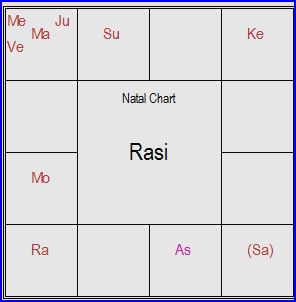
Akshaya Tritiya
Akshaya Tritiya falls on the third day of the Shukla Paksha of Vaishaka month, when the Sun and Moon are in exaltation, which happens only once every year. In this Samvatsara, the date of Akshaya Tritiya is Monday the 13th May 2013.
It is widely celebrated in all parts of India by different sections of the society irrespective of their religious faith and caste. Akshaya Tritiya, also known as “Akha Teej”, is traditionally the birthday of Lord Parasurama, the sixth incarnation of Lord Vishnu. People conduct special Pooja on this day, bathe in holy rivers, donate to charity and worship Lord Ganesha & Goddess Lakshmi.
The word “Akshaya” means imperishable or eternal – that which never diminishes. Initiations made or valuables bought on this day are considered to bring success or good fortune. Buying gold is a popular activity on Akshaya Tritiya, as it is the ultimate symbol of wealth and prosperity. Gold and gold jewelry bought and worn on this day signify never diminishing good fortune. Indians celebrate weddings, begin new business ventures, and even plan long journeys on this day.
Hindus believe in the theory of “Mahurtha” or auspicious timings in every step in life – be it to begin a new venture or making an important purchase. Akshaya Tritiya is one such momentous occasion, which is considered one of the most auspicious days of the Hindu Calendar.It is believed, any meaningful activity started on this day would be fruitful.
It is also believed that this day marks the beginning of the “SatyaYug” – the first of the four Yugas. In the “Puranas”, there is a story that says that on this day of Akshay Tritiya, Vedavyasa along with Ganesha started writing the great epic Mahabharata. Ganga or Mother Ganges also descended to earth on this day.
It is further believed that people born during this time excel in spiritual life and their name will be eternally remembered. Those born during this period include Basaveshwara, Ramanujacharya, Adi Shankaracharya, Swami Chinmayananda and Buddha. If you look at the Hindu calendar, in the month of Vaishaka, all their Jayanthis are celebrated.

